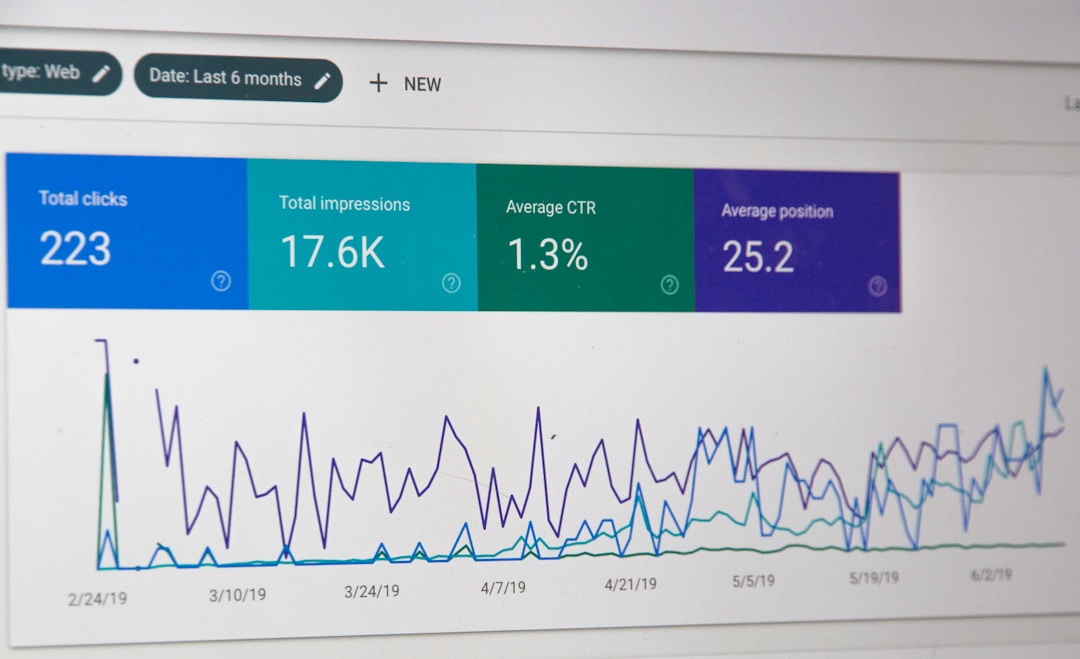The Many Uses for Marimekko Charts in Business
In the ever-evolving business environment, companies are continually searching for tools that can help them make sense of their market data. One such tool is the Marimekko chart, a unique presentation that provides a holistic view of market components. In this blog post, we will delve into the various uses of Marimekko chart in the business world.
Understanding the Marimekko Chart
A Marimekko chart, also known as a mekko chart, is a two-dimensional stacked chart used in business intelligence and market research. Although it might initially seem complicated, the chart provides a comprehensive overview of different components of a market. Generally, it represents two data types. The width of column segments indicates the market size or volume, while the height represents a metric such as revenue or profit.
The Marimekko chart goes a step further than conventional visualizations by incorporating the third dimension typically presented in pie charts—the market share. The share is represented by having each segment’s width proportional to its part of the total breadth. By offering this multi-faceted view, the chart allows for deeper insights and intelligent business decisions.
The chart’s name derives from a Finnish textile company known for its original prints and vibrant colors, reflecting its visual appeal. Its versatility makes it a popular tool for communicating complex business data in an understandable and straightforward manner.
Market Segmentation Analysis

One of the primary uses of a Marimekko chart in business is in market segmentation analysis. Businesses can use this chart to ascertain the market share, size, and growth of various segments within an industry. By visualizing these data points, companies can gain insights into the regions, demographic groups, or product lines doing well and those needing improvements.
For instance, a tech company might use a Marimekko chart to analyze their software products’ market performance. The chart can quickly illustrate the market size for each product category (such as productivity software, gaming software, and educational software), the revenue for each product, and the proportion of the company’s total revenue that each category represents.
Competitor Analysis
Another significant use of the Marimekko chart is in conducting market competitor analysis. Businesses can use it to examine and compare various sections of the market, including the competition. By using this chart, companies can visualize the size of their competitors’ market shares compared to their own.
The chart can also be used for a comparative sales analysis across different competitors, illustrating who controls the majority of the market. The business can also gain insights into the competencies of different players and thereby develop competitive strategies based on knowledge, rather than conjecture.
Financial Planning and Forecasting

The Marimekko chart is a valuable tool when it comes to financial planning and forecasting. It provides an effective way for businesses to visualize their sales and revenue data and forecast future performance. Business analysts can track market changes, identify growth opportunities, and clarify patterns and trends that may influence financial strategy.
By considering historical data, current market conditions, and projected trends, the chart allows for accurate forecasting of future sales and revenues. The resulting insights are instrumental in fueling a company’s growth and development, helping it achieve its financial goals in the short and long term.
Sales and Marketing Strategies
The Marimekko chart can be a valuable addition to a company’s sales and marketing toolset. It provides insights that can help companies improve their sales performance and refine their marketing strategies. By visualizing sales patterns and market trends, businesses can plan and implement sales and marketing strategies more effectively.
Ideas for potentially lucrative new markets or avenues to explore can also be gleaned from the data displayed in a Marimekko chart. Whenever a company looks to design a new marketing campaign or sales strategy, the insights from these charts can provide guidance.
Altogether, the Marimekko chart is an indispensable tool in the savvy business’s arsenal. Its ability to transform complex market data into an easy-to-understand visual delivers clear and actionable insights, facilitating well-informed business decisions that drive growth and profitability.